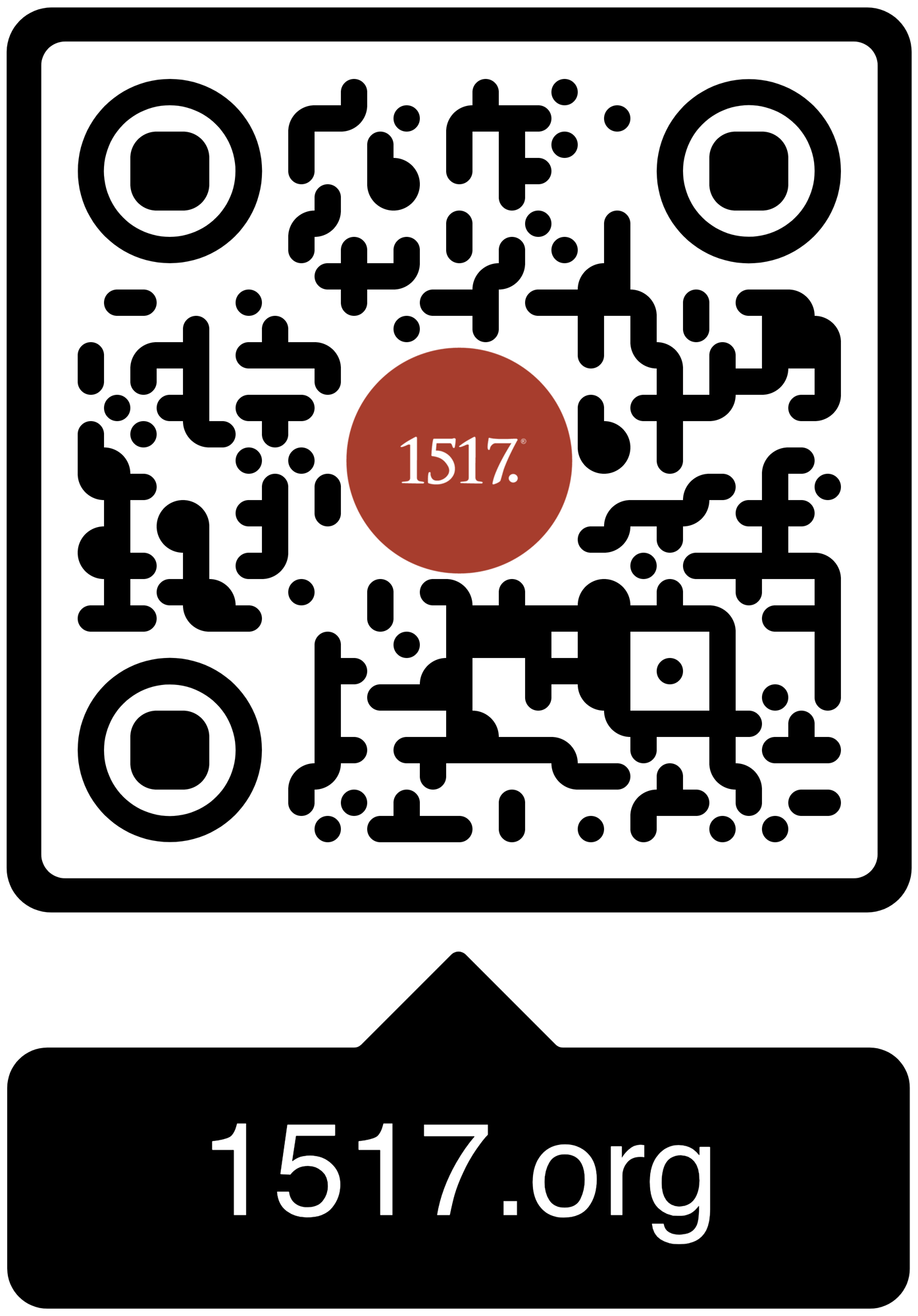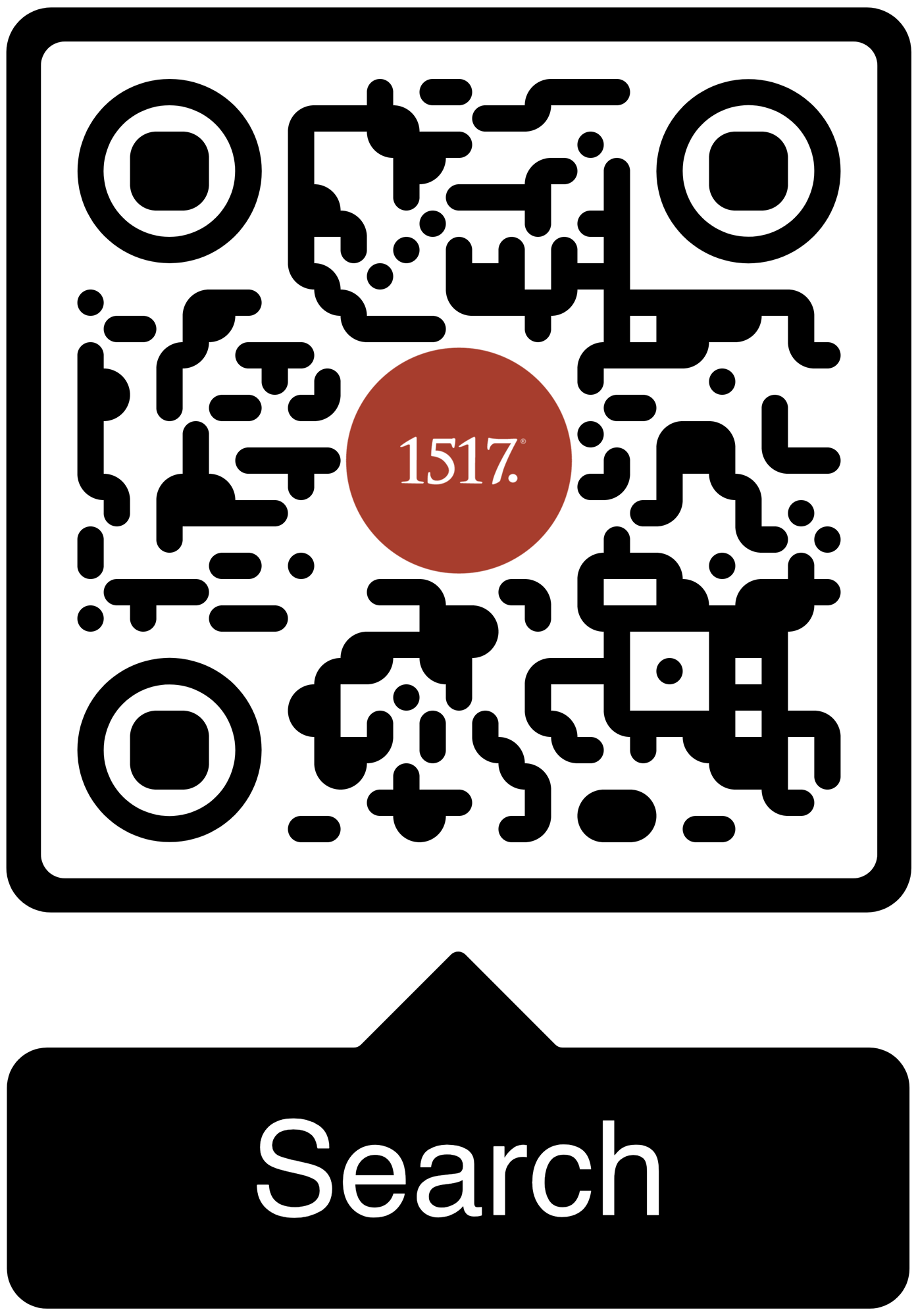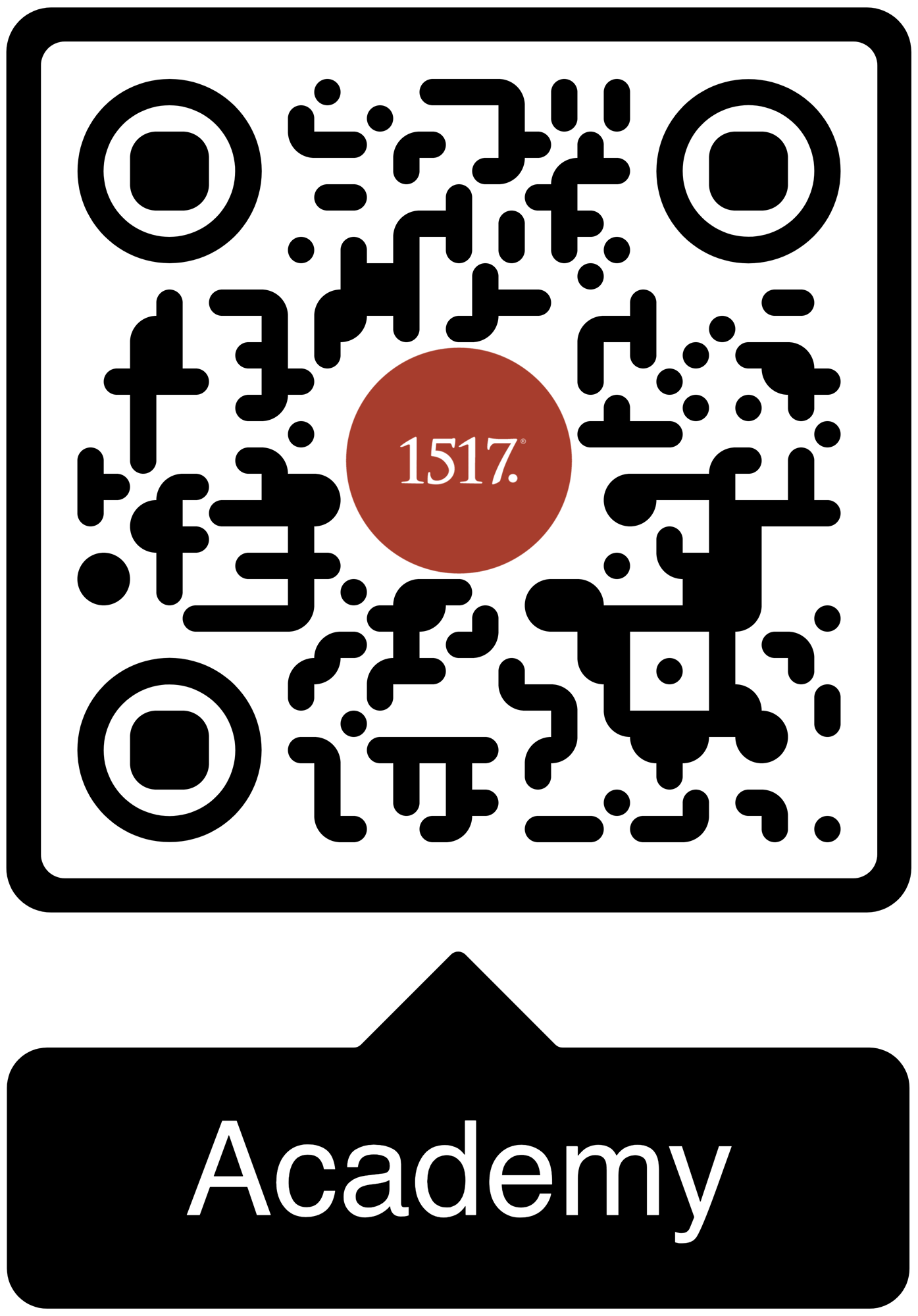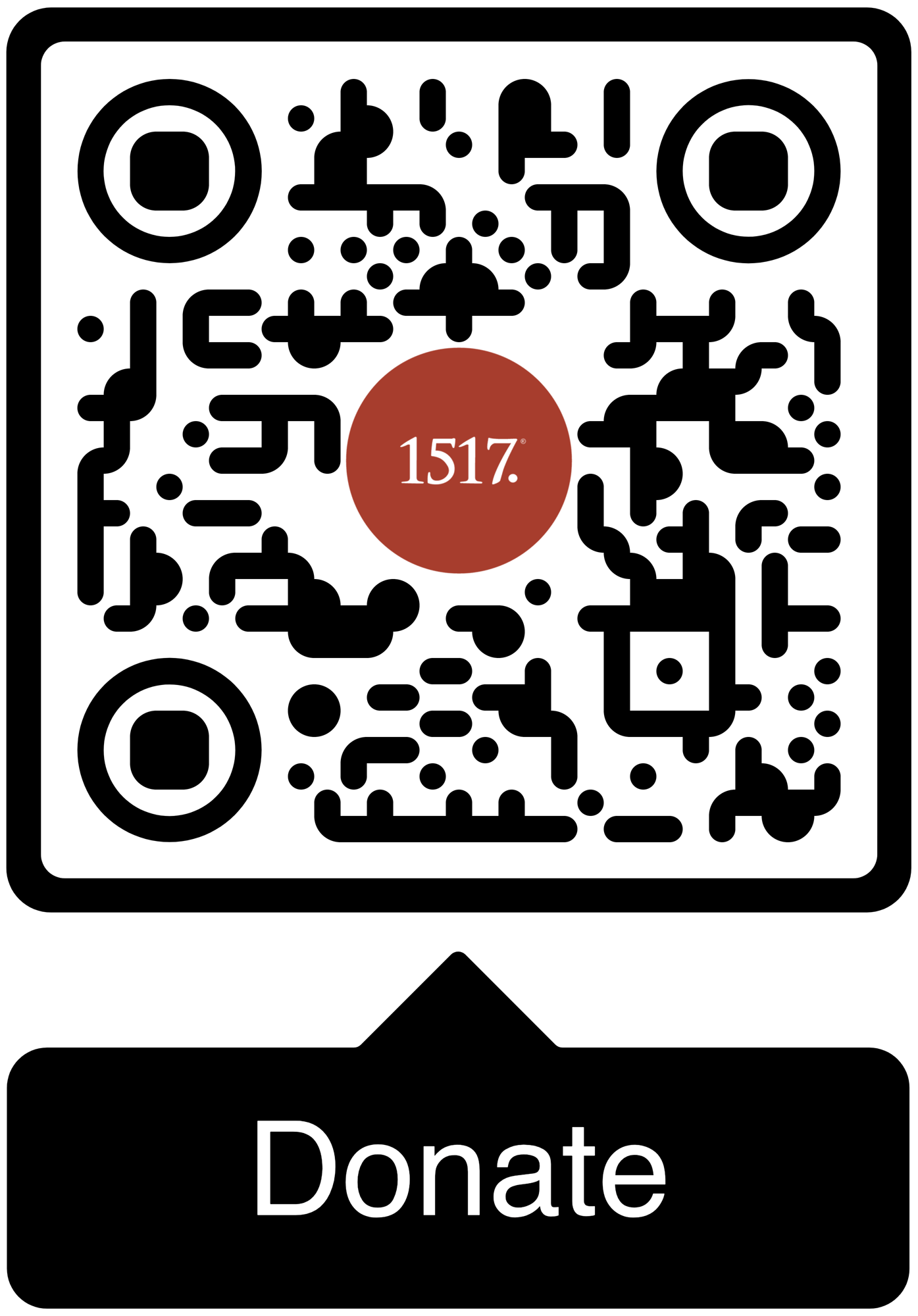The Lord removes the evil and does the good we cannot, and that transforms us into being people who do the same!
Those who are worshipping in Jerusalem are corrupted (Isaiah 29:13). They have reduced the instruction given by God about worship to liturgy and not faith. Worse, God compares their sacrifices to Sodom and Gomorrah (1:10). This shows up in their lives which do not display justice and righteousness to their neighbor. They believe their worship buys God’s grace, but He takes no pleasure in people trying to impress Him. The Lord delights in the faith of His people, in lives redeemed and transformed through relationship with Him.
So, what is the Lord to do? He calls them and He invites them to return to Him. He promises them, “Though your sins are like scarlet, they shall be as white as snow; though they are red like crimson, they shall become like wool” (1:18), because the Lord Himself will send His Suffering Servant to shed His blood for us! The Lord removes the evil and does the good we cannot, and that transforms us into being people who do the same!
If you want a perfect example of what that looks like, go to our Gospel lesson for this Sunday from Luke 19:1-10. Now, this might seem contrary at first. It appears that Zacchaeus vows the very thing God hates in Isaiah 1. But notice the sequence, it was only after Jesus came to his house that Zacchaeus made his vow. Then and only then does Jesus declare, “Salvation has come to this house” (Luke 19:9). The point of Luke 19 was nothing came from Zacchaeus. Zachaeus, instead, heard what Jesus was doing. He heard Jesus was coming. Jesus invited Himself to his house. He only made his vow because Jesus was first gracious to him.
In Isaiah, the problem was God’s people were focusing on themselves, but, in Luke, Zacchaeus is focusing on Jesus. In Isaiah, they were doing works to get God’s favor, but, in Luke, Zacchaeus responds in faith to the visitation and grace of Jesus which all began at a tree. Zacchaeus climbed a tree to be able to see Jesus coming, but now we would all have to climb Mt. Calvary to be able to see Jesus on a tree, giving the sacrifice which Isaiah declares makes us clean, pure, and acceptable to God. Jesus came to “seek and to save that which was lost” (Luke 19:10). This goes for Isaiah, Zacchaeus, and even you and me.
Jesus came to “seek and to save that which was lost.”
Perhaps, the best structure to bring these two texts together would be the Text Application Structure:
“This structure organizes the sermon based on two experiences most parishioners have as they open the Scriptures: A desire to understand what the text is speaking of in its own historical context and a desire to hear how God speaks through this text to shape the lives of His people today. With an eye toward these two experiences, the preacher shapes the sermon with a text-application structure.
This preacher divides the progression of the sermon into two portions. After an introduction that raises interest in the text or in a life situation for which the hearers desire a word from God, the first part of the sermon offers textual exposition for the hearers. The second part of the sermon applies the text to the hearers.
In the first section of the sermon, the preacher spends time with the text. As the preacher develops the text, he is careful to focus on those details which are important for later application of this text to the lives of his hearers. Often, the preacher will be identifying teachings of the faith within his exposition of the text that will later be used in application to the lives of the hearers.
In the second section of the sermon, the preacher examines God’s present work in the lives of the contemporary hearers. In doing this, he could be working with the teaching of the text, the function of the text, or the intention of the writer. Any of these approaches can yield fruitful results in terms of how this text functions among hearers today. Sometimes, preachers may find it helpful to move sequentially through the four types of discourse in the tapestry of preaching as they move from text to application: Textual Exposition, Theological Confession (that names a teaching in the text), Evangelical Proclamation (that centers the teaching in Christ for us), and Hearer Interpretation (that names our lives in relation to the teaching).
The biggest challenges in this sermon structure are finding an appropriate balance between textual exposition and hearer application (for example, avoiding a sermon that is long on textual study and short on application) and maintaining hearer attention during a prolonged section of textual study or application.”[1]
------
Additional Resources:
Craft of Preaching-Check out out 1517’s resources on Isaiah 1:10-18.
Concordia Theology-Various helps from Concordia Seminary in St. Louis, MO to assist you in preaching Isaiah 1:10-18.
Lectionary Kick-Start-Check out this fantastic podcast from Craft of Preaching authors Peter Nafzger and David Schmitt as they dig into the texts for this Sunday!
The Pastor’s Workshop-Check out all the great preaching resources from our friends at the Pastor’s Workshop!
----
[1] https://concordiatheology.org/sermon-structs/textual/text-application/





